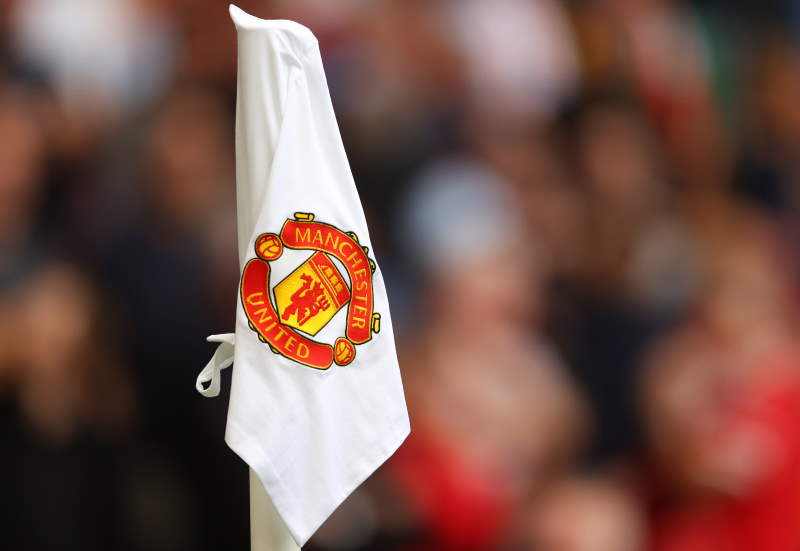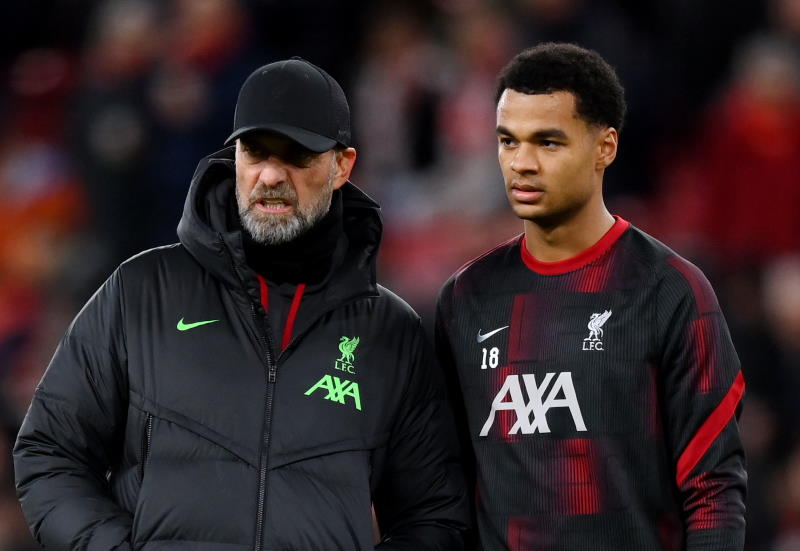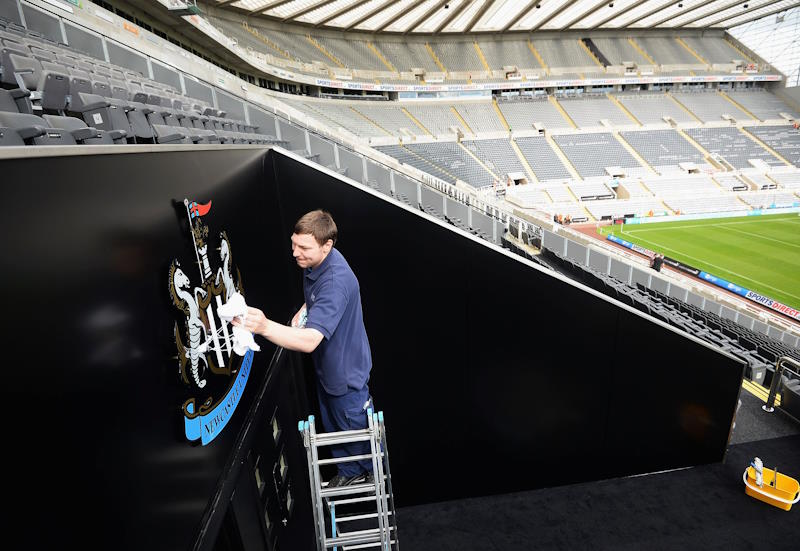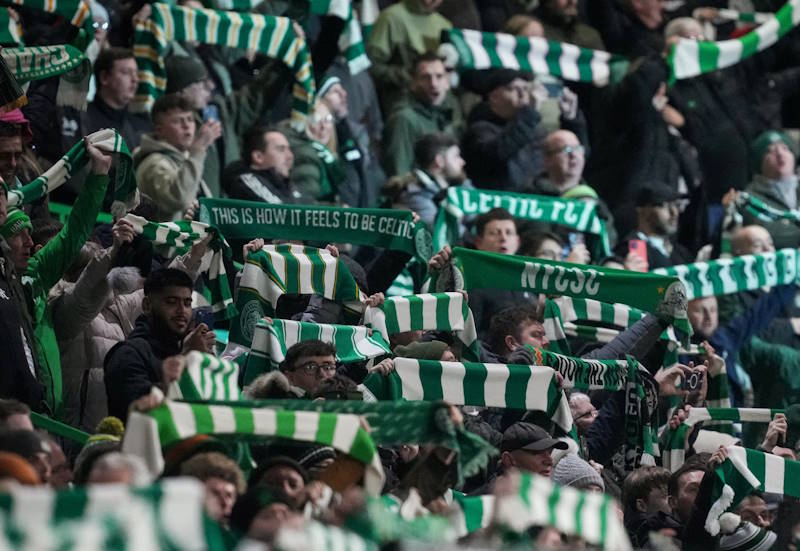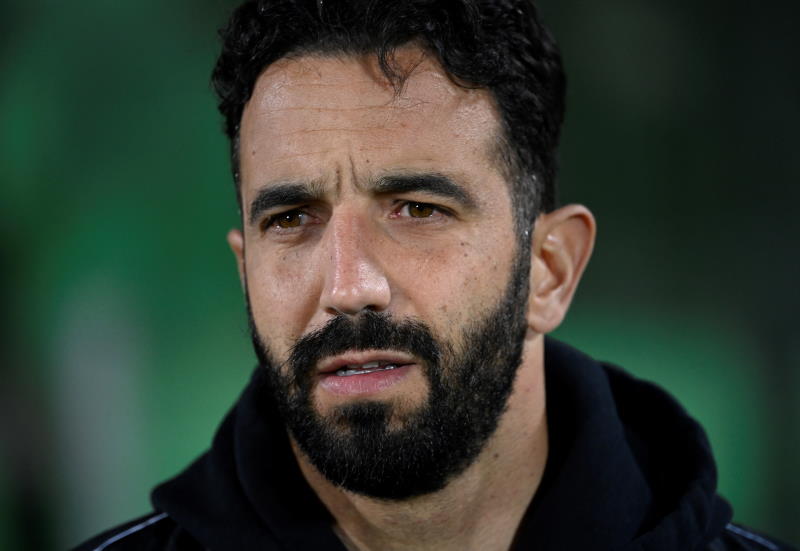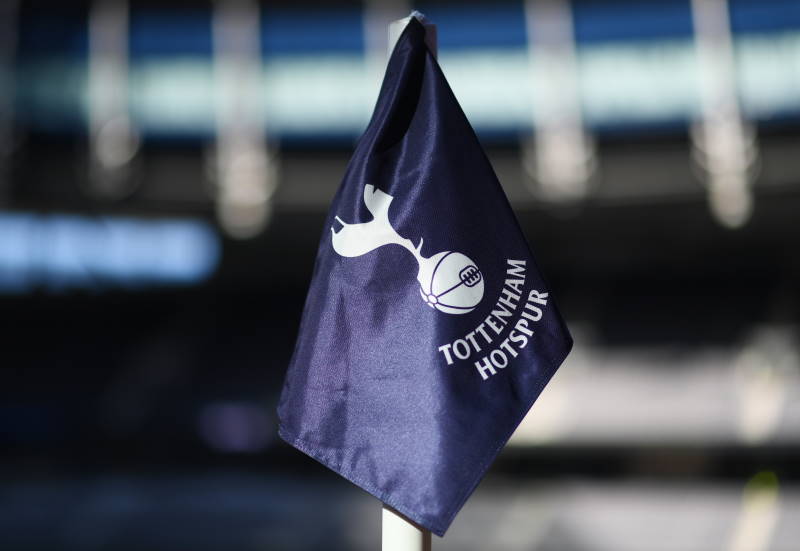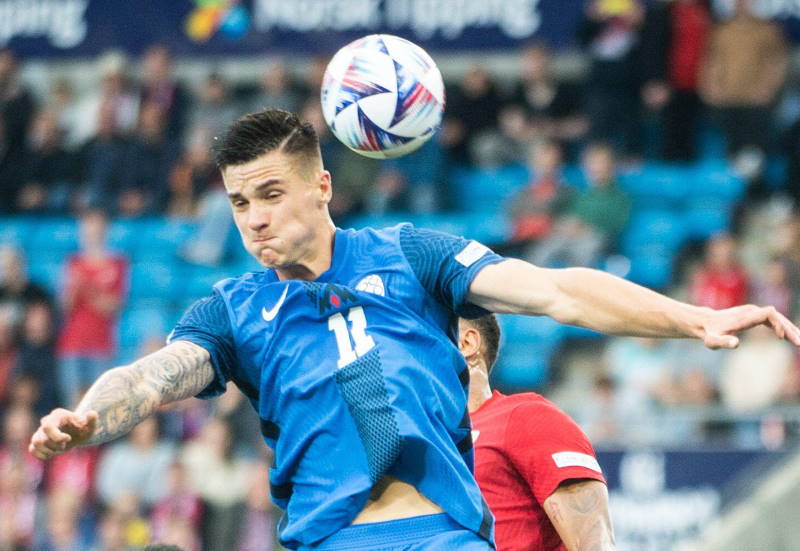
Ian Palmer
By the year 2012, Major League Soccer hopes to field 20 teams in various North American cities, double the amount it started with in 1996. The league has been expanding gradually over the years, and 18 clubs are a certainty by 2011. So what plans have been made? And how has the league coped with expansion in the past?
This year's MLS saw 15 sides, but the Philadelphia Union will swell that to 16 teams next year, and soon the Vancouver Whitecaps and Portland Timbers will be joining in 2011. The franchises in Vancouver and Portland will be replacing the existing USL (United Soccer League) clubs in those two cities and new soccer specific stadiums will eventually be built.
It didn’t take long for MLS to expand the first time, as a pair of teams was added just two years after the league began, these being the Chicago Fire and Miami Fusion. However, after a decent start, MLS saw its attendances dwindling and all of the clubs were losing money. At this point, MLS Commissioner Doug Logan was replaced by Don Garber, who had experience in American style football with the National Football League (NFL).
One of the first moves Garber made was the introduction of soccer-specific stadiums for all MLS teams (which the New York Red Bulls pictured above will acquire next year, with the Red Bull Arena). At that time in 1998, amazingly enough there wasn’t one such stadium in the league. This would become a major factor for any franchises trying to join the MLS.
When 2002 began, the league announced that both of its Florida-based teams, the Miami Fusion and the Tampa Bay Mutiny were leaving the MLS due to financial reasons. This was a major blow as Florida, because of its excellent weather, was considered a major market for the league. When those clubs folded, the league was back to 10 teams again.
Fortunately, soccer made the headlines in America in 2002 as the US national team made the last eight at the World Cup in Japan/South Korea that summer. MLS rode its coat tails and attendances began to increase. This upturn in fortunes had the league looking to expand again and they soon found there were quite a few cities interested in joining the party, even though the expansion fee was $40M.
Two more clubs, Chivas USA and Real Salt Lake were added in 2004, leading to Los Angeles becoming the first city to house two teams in Chivas and the LA Galaxy. The new club had ties to Mexican side Club Deportivo Guadalajara and hoped to draw fans from the large Hispanic community in Los Angeles, a community that many felt MLS was guilty of neglecting in its early years. Chivas even shares its stadium, The Home Depot Center, with the Los Angeles Galaxy, and the MLS’s first local derby was born. Fellow 2004 entrants Real Salt Lake won the MLS Cup this season, upsetting the odds by defeating LA Galaxy.
In 2005 the San Jose Earthquakes moved to Houston and became the Houston Dynamo because San Jose didn’t have a soccer-specific stadium. Three years later, a new version of the Earthquakes resumed play out of San Jose. The league expanded to Canada for the first time in 2007, with the Toronto FC playing its first season.
This past season, the Seattle Sounders made their debut even though the club didn’t have a soccer-specific stadium. They played out of Qwest Field, the home of the NFL’s Seattle Seahawks. However, the stadium was originally built as a combined football/soccer stadium and has some soccer-specific features.
While the clubs have all been chosen up until 2011, it seems the league doesn’t want to stop there. It is believed that seven cities are competing for the two franchise openings in 2012 which are: St. Louis, Ottawa, Montreal, New York, Atlanta, Birmingham, and Detroit. However, it could yet be David Beckham who has a say in the league’s eventual 20th team as the option of owning the future club is written into his MLS contract.
Many Europeans ask where the teams get their players from. The answer is by operating an expansion draft. This process allows the existing teams to protect a specific number of players on its squad and the expansion teams are then allowed to take players who are left unprotected. Each existing team can only lose one player. This is a quick and effective way to make sure that new clubs should be competitive right from the get go. Of course, if management doesn’t do its homework and/or can’t properly evaluate talent, you may see an expansion team drop to the bottom of the league, such as Toronto FC in 2007.
While many MLS clubs still aren’t making money, the $40M entry fee from expansion franchises should ease the pain a little. The sport is growing rapidly in North America and it seems all of the candidate cities are well equipped and prepared to host new teams. With the number of teams wanting to join the league it’s conceivable MLS may take a page from the other North American pro sports leagues and 30 clubs could be a reality one day
Related Articles:
- – Chivas USA Add Needed Hispanic Dynamic to MLS
- – North America Sees Mutiny in the USL-1
- – Opinion: Stop Moaning – MLS Playoffs Not Perfect But they Work
Real Salt Lake 09/10 Home Shirt
Photo courtesy: Joscarfas

